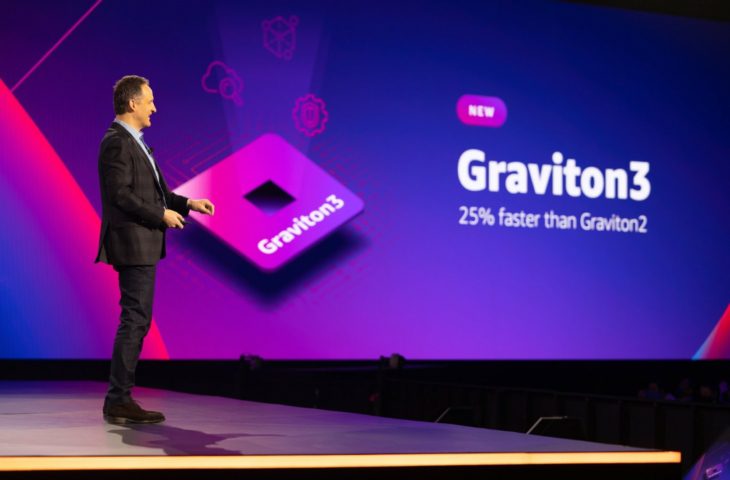Half of all ARM server chips are available from Amazon
- August 14, 2023
- 0
Amazon Web Services owns half of all ARM-based server chips in the world. The own graviton chips have a lot to do with it. About ten percent of
Amazon Web Services owns half of all ARM-based server chips in the world. The own graviton chips have a lot to do with it. About ten percent of

Amazon Web Services owns half of all ARM-based server chips in the world. The own graviton chips have a lot to do with it.
About ten percent of all servers worldwide already contain a processor based on the ARM architecture instead of x86. Of that 10 percent, more than 50 percent operate Amazon Web Services. The registry knows this because of the authority of Bernstein Research. This high market share is primarily due to its own Graviton chips.
AWS jumped on the ARM bandwagon back in 2018 with the introduction of its own Graviton chips, developed by acquired Annapurna Labs for AWS servers. Today Graviton is in its third generation and there are variants for different workloads. The multiple cores that Graviton chips offer are popular in the HPC context, while the general public gets plenty of performance at a lower budget for most workloads. Finally, AWS has to pump less power into an ARM server, which has a significant financial advantage at scale.
According to the research, AWS has already adopted ARM, and with it Graviton, for 20 percent of its entire server portfolio, although those numbers are from the middle of last year. Today, the rollout of Graviton continues, and that number is likely to be significantly higher.
AWS and Graviton have no competitor of the same magnitude. Ampere is the largest independent developer of ARM CPUs for the server and holds a market share of 5 to 10 percent. This market share comes from all other cloud providers and manufacturers combined.
The ARM architecture has now emerged as a worthy alternative to x86 chips. The AWS and Ampere server chips are based on designs by Arm, which uses Neoverse to provide blueprints that other developers build on. It’s up to x86 specialists Intel and AMD to find an answer to these chips. With new configurations and higher core counts, they are trying to do just that.
Source: IT Daily
As an experienced journalist and author, Mary has been reporting on the latest news and trends for over 5 years. With a passion for uncovering the stories behind the headlines, Mary has earned a reputation as a trusted voice in the world of journalism. Her writing style is insightful, engaging and thought-provoking, as she takes a deep dive into the most pressing issues of our time.